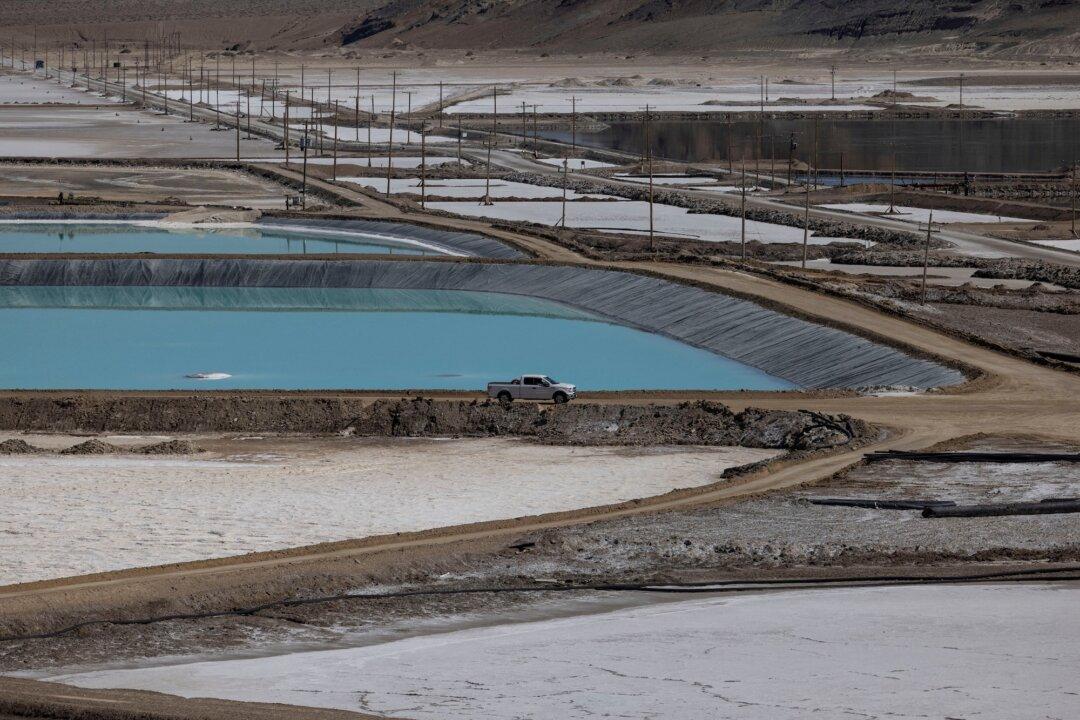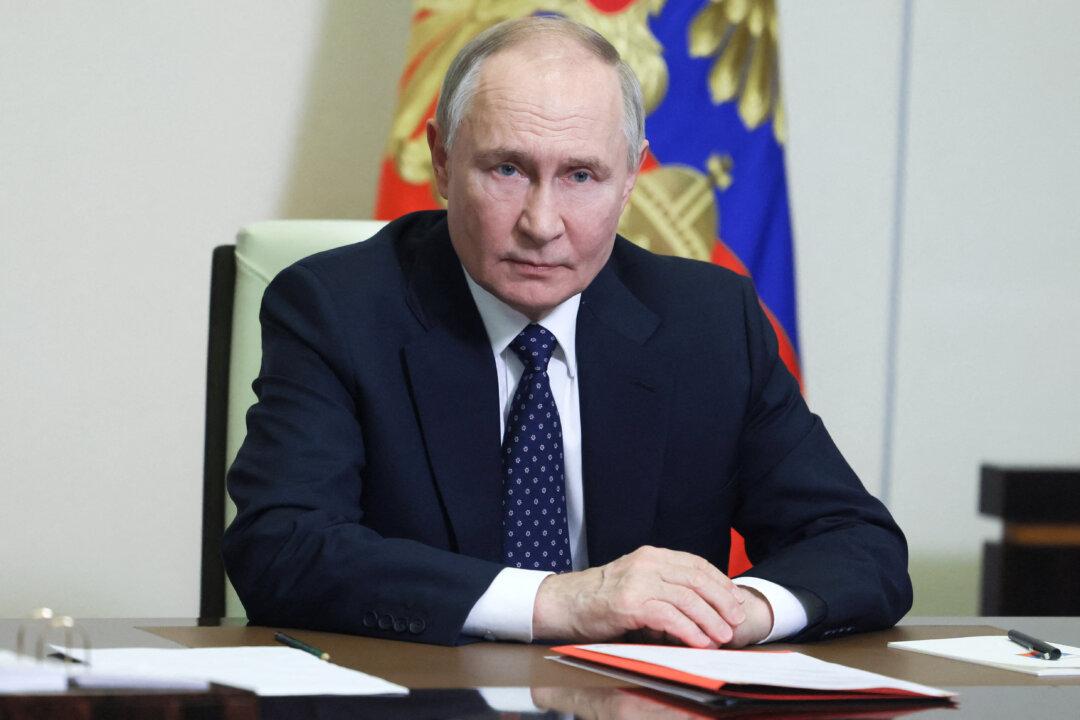Economist Nouriel Roubini, who’s been dubbed “Dr. Doom” for his gloomy-yet-correct prediction of the 2008 market meltdown, told Bloomberg in a recent interview that the United States is back in Great Financial Crisis territory, except now there are even more problems and cause for worry.
“Yes, we’re here again,” Roubini replied. “But in addition to the economic, monetary, and financial risks—and there are new ones—now we’re going towards stagflation like we’ve never seen since the 1970s.”
Roubini said that, in addition to economic, monetary, and financial risks currently in play, the world faces higher geopolitical risks.
“We are on a confrontation with some revisionist powers like China, Russia, Iran, or [North] Korea that are challenging the geopolitical order of U.S. and the West. And that’s going to lead potentially to conflict,” he said.
He also spoke of a backlash against globalization, political turbulence, and “very severe” environmental risks.
“There are technological risks coming from AI, machine learning, robotics, automation, and the destruction of jobs,” he continued.
On top of that, Roubini said debt levels are higher than they’ve ever been, adding that all this represents a confluence of “mega trends” that he predicts will combine into a stagflationary storm that will engulf many of the world’s economies.
Private and public debt levels globally have exploded from 200 percent of GDP in 2000 to around 350 percent of GDP today, he said, blaming ultra-loose central bank policies that made borrowing cheap and encouraged households, businesses, and countries to take on ever greater debt loads even though many were barely solvent.
But now, facing persistently high inflation, central banks led by the Fed have embarked on aggressive rate hiking cycles, with Roubini predicting that highly indebted and operationally fragile “zombie” institutions are going to go bankrupt.
“That’s why we’re not only going to have inflation and stagflation but we'll have a stagflationary debt crisis,” Roubini predicted.
In the 1970s, debt levels were far lower than today and so advanced economies didn’t suffer debt crises when the Fed jacked up rates to around 20 percent.
“Today we have the worst of the 70s with a massive amount of stagflationary negative supply shock,” he added.
Roubini said there are around 40 highly indebted countries that are on the verge of a severe debt crisis.
The economist said that the worst possible outcome would be if all eleven “mega trends” materialize and feed on each other, leading to a “dystopian future.”
A Long and Severe US Recession?
Even as economic indicators have deteriorated and expectations for a recession have grown, members of the Biden administration have said that they don’t believe the United States will fall into a recession and, even if it does, it would be short and shallow.In the Aug. 15 interview, Roubini was asked whether he continues to believe that it’s “delusional” for analysts to expect a short and shallow recession and whether he still thinks it will be long and severe.
“Yes, it is my view,” he confirmed, adding that the massive amounts of public and private debt swirling around in today’s economies, as central banks tighten to tame inflation, means defaults will soar.
“So if you go into a recession, zombie corporations, zombie financial institutions, zombie households, zombie countries—the governments—are going to go bust” as financial conditions tighten and debt servicing costs climb.
The U.S. economy contracted for two consecutive quarters this year, meeting the informal definition for a recession, though it has yet to be declared as such by the official arbiters of U.S. recessions at the National Bureau of Economic Research.





